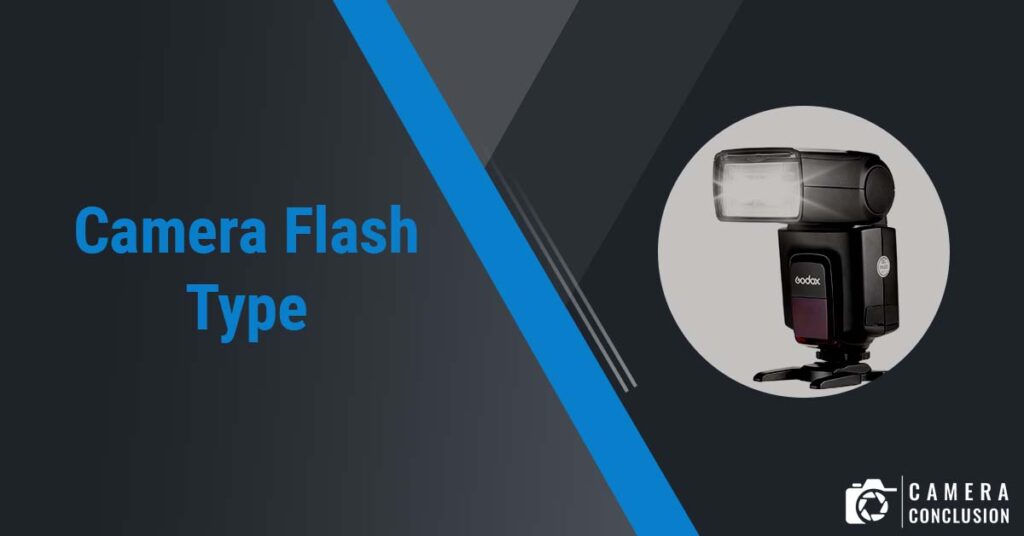Index
Camera flash is an essential tool in photography that helps to illuminate a subject in low light conditions, freeze motion, and create interesting effects. There are various types of camera flash available, each with its own advantages and disadvantages. Choosing the right type of flash for a specific situation can greatly impact the quality of the final image.
In this guide, we will explore the different types of camera flash available in the market, and their respective features, pros and cons, and suitable situations for usage. From built-in flashes to studio flashes, we will cover a range of options that cater to different photography styles and needs.
Whether you are a professional photographer or a hobbyist, understanding the different types of camera flash can help you take better photos and achieve the desired results.
Types of Camera Flash
Built-in Flash
Built-in flash is a type of camera flash that comes with many cameras as a built-in feature. This flash is located on the top of the camera body and is designed to be compact and easy to use. The flash unit is typically small and has a low power output, making it suitable for close-range shots in low light situations.
One of the main advantages of built-in flash is its convenience. As the flash is built into the camera, it is always available and there is no need to carry an external flash unit. It is also easy to operate, as it is integrated into the camera’s settings and can be activated with the press of a button.
However, built-in flash has some limitations. The power output of the flash is usually not very strong, which means that it is not suitable for lighting up larger areas or subjects that are far away. The flash can also create harsh and unflattering light, leading to red-eye and washed-out skin tones. In addition, the position of the flash on the camera can create unattractive shadows and highlights on the subject.
Built-in flash is suitable for situations where additional lighting is required in low light conditions, such as indoors or during night photography. It is also useful for quick and casual snapshots where the convenience of a built-in flash outweighs the limitations of the unit.
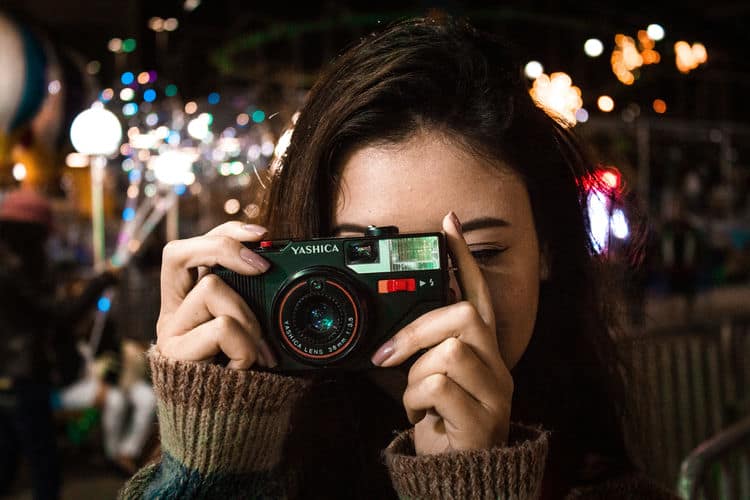
Hot Shoe Flash
Hot shoe flash is a type of camera flash that is mounted on the camera’s hot shoe, which is a standardized accessory shoe found on most cameras. This flash unit is designed to be more powerful and versatile than built-in flash, offering a range of features and options for adjusting the lighting.
One of the main advantages of hot shoe flash is its versatility. The flash unit can be easily removed from the camera and positioned off-camera using a remote trigger or cable, allowing for greater control over the direction and intensity of the lighting. Hot shoe flash also typically has a higher power output than built-in flash, making it suitable for larger areas and subjects that are farther away.
Hot shoe flash can also offer a range of advanced features, such as TTL (through-the-lens) metering, which allows the flash to automatically adjust its output based on the camera’s settings. Some hot shoe flashes also offer the ability to zoom or tilt the flash head, providing greater control over the direction and spread of the light.
However, hot shoe flash can also be more complex to use than built-in flash, requiring additional setup and configuration. The unit may also be bulkier and more cumbersome to carry, particularly if it includes additional accessories such as diffusers or bounce cards.
Hot shoe flash is suitable for situations where more advanced lighting is required, such as portrait or event photography, where the photographer needs greater control over the lighting direction and intensity. It is also useful in situations where the camera’s built-in flash is not powerful enough to provide sufficient lighting.
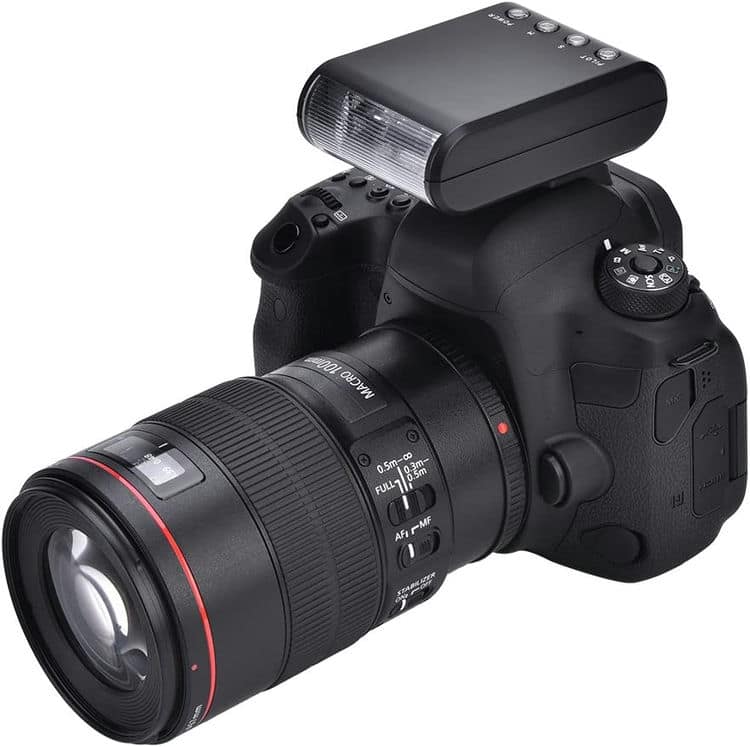
Studio Flash
Studio flash is a type of camera flash that is designed for use in a studio environment. This flash unit is typically larger and more powerful than hot shoe flash or built-in flash, and is designed to provide a range of lighting options for professional photography.
One of the main advantages of studio flash is its power and versatility. The flash unit can be adjusted to provide a range of lighting intensities, and can be used with a variety of light modifiers such as softboxes, reflectors, and umbrellas. This allows for greater control over the direction and quality of the lighting.
Studio flash is also designed to be more durable and reliable than other types of flash, as it is typically used in a professional setting where it may be used frequently and for extended periods of time. Some studio flash units may also offer features such as wireless triggering, which allows for even greater flexibility and control over the lighting.
However, studio flash can be more complex to use than other types of flash, and requires additional setup and configuration. The unit may also be bulkier and more expensive than other types of flash.
Studio flash is suitable for situations where maximum control over the lighting is required, such as portrait or product photography. It is also useful in situations where the lighting conditions are challenging, such as in a poorly-lit room or when shooting at night.
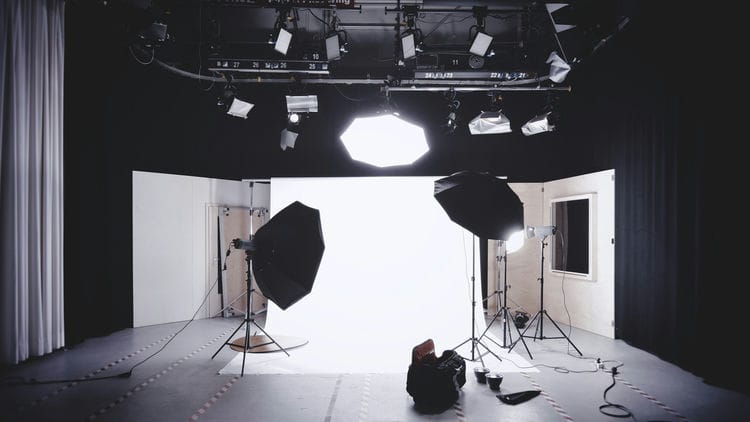
Ring Flash
Ring flash is a type of camera flash that is designed to provide even and shadowless lighting for close-up photography. This flash unit is mounted directly on the camera lens, surrounding the lens and producing a ring of light that illuminates the subject.
One of the main advantages of ring flash is its even and shadowless lighting. As the flash is positioned around the lens, it produces a flat and uniform light that eliminates harsh shadows and provides even illumination. This makes it ideal for close-up photography, such as macro photography or portraits.
Ring flash can also offer a range of advanced features, such as TTL metering, which allows the flash to automatically adjust its output based on the camera’s settings. Some ring flashes also offer the ability to adjust the power output of individual sections of the ring, allowing for greater control over the lighting.
However, ring flash can also be limited in its use, as it is primarily designed for close-up photography. The unit may also be bulkier and more cumbersome to carry, particularly if it includes additional accessories such as diffusers or color gels.
Ring flash is suitable for situations where even and shadowless lighting is required for close-up photography, such as macro photography or portraits. It is also useful in situations where the camera’s built-in flash is not powerful enough to provide sufficient lighting for close-up shots.
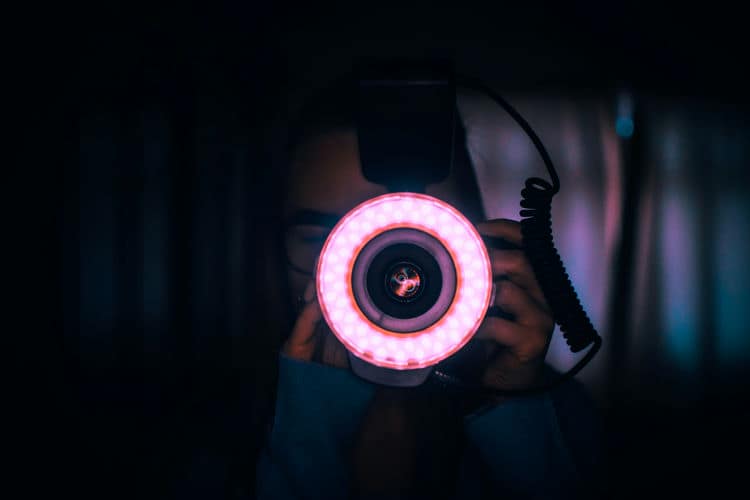
Macro Flash
Macro flash is a type of camera flash that is designed for use in macro photography. This flash unit is typically smaller and more compact than other types of flash, and is designed to provide even and shadowless lighting for close-up shots.
One of the main advantages of macro flash is its even and shadowless lighting, which is essential for macro photography. The flash unit is typically mounted on a specialized bracket or attached to the lens, and produces a diffuse and uniform light that illuminates the subject evenly. This eliminates harsh shadows and provides the necessary lighting for close-up shots.
Macro flash can also offer a range of advanced features, such as TTL metering, which allows the flash to automatically adjust its output based on the camera’s settings. Some macro flashes also offer the ability to adjust the power output of individual sections of the flash, allowing for greater control over the lighting.
However, macro flash can also be limited in its use, as it is primarily designed for macro photography. The unit may also be less powerful than other types of flash, as it is designed for close-up shots and may not have the range or power output required for larger areas or subjects.
Macro flash is suitable for situations where even and shadowless lighting is required for macro photography, such as photographing insects, flowers, or small objects. It is also useful in situations where the camera’s built-in flash is not powerful enough to provide sufficient lighting for close-up shots.
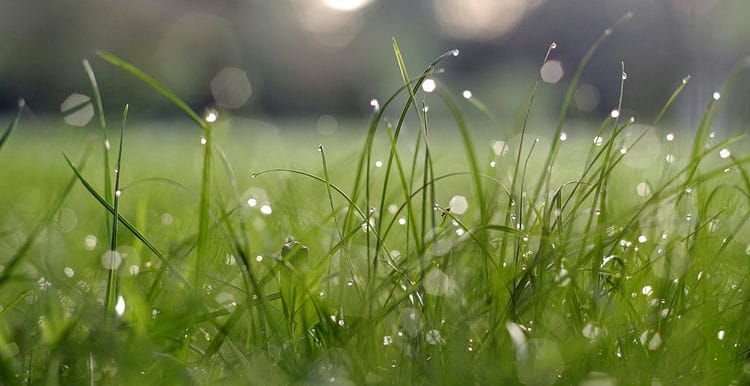
FAQs
Conclusion
In conclusion, there are several different types of camera flash units available, each with their own unique features and advantages. Built-in flash units are convenient and easy to use, while hot shoe flash units offer greater flexibility and control over the lighting.
Studio flash units are ideal for professional photographers and studio settings, while ring flash and macro flash units are designed for close-up photography.
Choosing the right type of flash unit depends on a number of factors, including the photographer’s needs and preferences, the type of photography being done, and the specific features and capabilities of each flash unit.
With the right flash unit, photographers can achieve a variety of lighting effects and capture high-quality photos in a wide range of shooting situations.
Ultimately, whether you are a professional photographer or a hobbyist, investing in a good quality flash unit can help to improve the overall quality of your photos and expand your creative possibilities.
